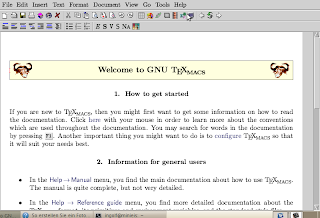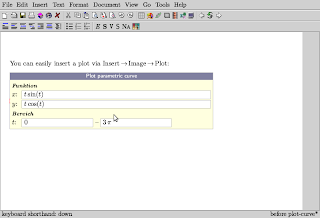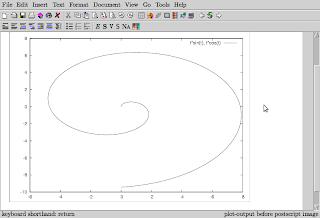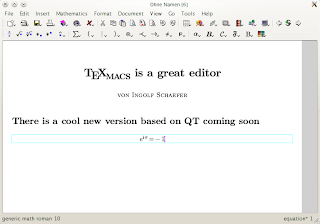Before I go on, it is probably worthwhile to remind ourselves: Bradley Kuhn is certainly a guy who lives up to his own standards, e.g., working as the director of the Software Freedom Conservancy pro bono for some months and Mark Shuttleworth dumps larger amounts of his own money (estimated 8 million US dollar each year) into a company called Canonical that works on Ubuntu. He does not only give his money, but he also works on Ubuntu himself. So, from the outside I'd say both share a passion for free software and both of them do not want to give their money for the good cause forever. Kuhn will be employed in January and Mark Shuttleworth tries to make his company profitable.
In his blog post Kuhn asserts that it is the admitted goal of Shuttleworth to make Ubuntu an Open Core project. My problem with this is twofold. First, Kuhn's understanding of Open Core is quite different from my definition. For him projects that require some sort of copyright agreement and do not allow outside contributions are Open Core, for me a project is only Open Core if it has an open core and some additional (but very necessary/desireable) proprietary stuff on top. I do not see any evidence that Ubuntu is going for the latter, but I agree that the copyright agreement can be evidence for the first. Second, Shuttleworth does not even say that he wants Ubuntu to go into this direction, let alone admits anything.
I do not know whether Shuttleworth's comparison of the history of GTK and QT is factually right and whether his claims on this topic have any merit, but I guess they don't. So, instead of complaining about this Kuhn talks about Canonical's copyright agreement like in some other blog posts before and jumps to conclusions not found in Shuttleworth's utterances. As Kuhn said "I am reading between the lines". For someone who likes to refer to the golden rule of network protocols "always be conservative in what you emit and liberal in what you accept", this seems not the right thing to do.
I do not claim that the copyright agreement might not be problematic, but I would rather have both of them check the facts and then claim something. Moreover, I would really like people on identi.ca and elsewhere not to cook up these things. This is just plainly annoying!
UPDATE:
Bradley Kuhn has put some clarifications on his blog post (in fact they were there when I was writing my initial remarks from offline country) and also responded to my remarks. Kudos for that.








